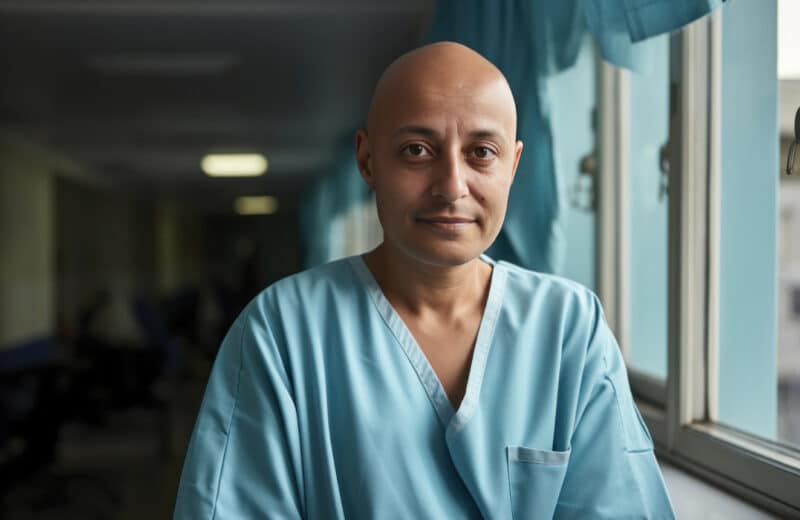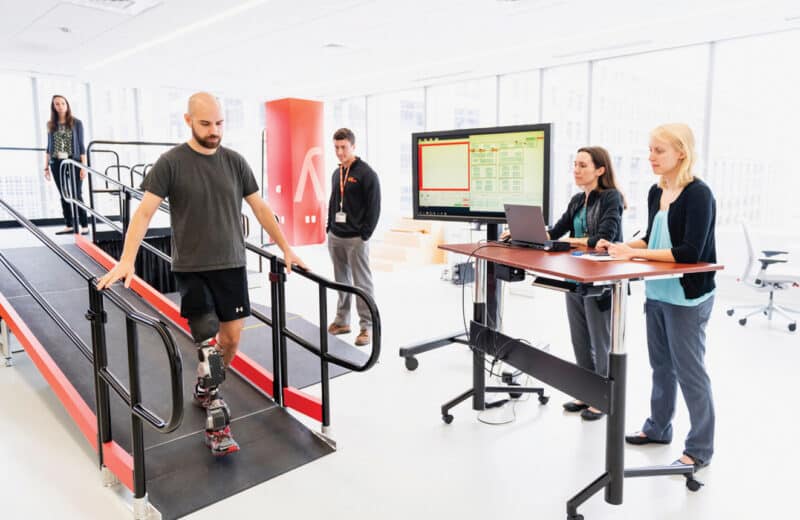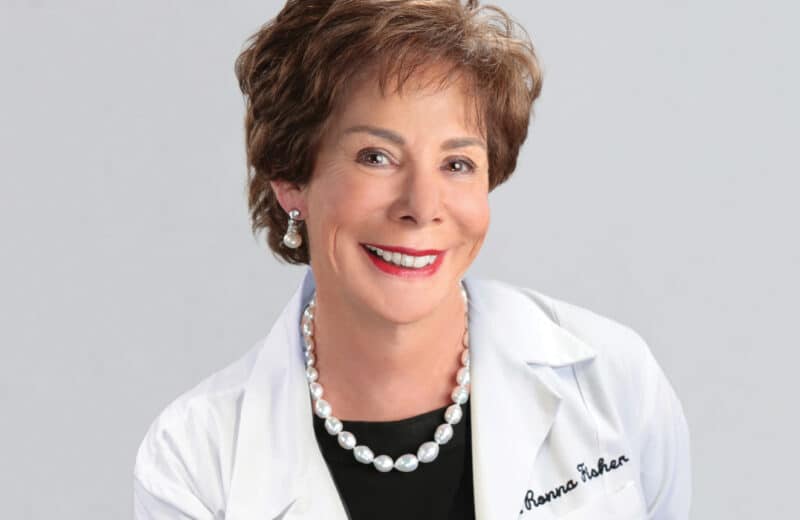Palliative and hospice care are more about family-centered care that provides comfort and compassion
By Karen Schwartz
When Tom Donausky’s mother Frances took a turn for the worse at Smith Crossing, a nursing home in Orland Park, where she was first admitted in November 2011, the professionals suggested hospice. But it wasn’t quite time for that.
Instead, Frances spent about a month receiving palliative care in the memory support unit at Smith Crossing, where medical professionals from Passages Hospice and Palliative Care checked her vital signs regularly, adjusted her medication and provided other medical and social services as needed.
Then, her condition worsened, and palliative care wasn’t enough. Frances received 24-hour hospice care for 18 months until she passed away in April at age 91.
“We realized her time was ending, and given her physical condition, we wanted to make sure she was comfortable and without pain,” Donausky says. “The staff was very good, not only medically, but also in other ways. At one point, my mother didn’t have an appetite, and they made sure she had plenty of protein drinks and water and recommended we bring in a hospital bed to elevate her [head] to ease her breathing. The hospice/palliative care liaison was also a very caring individual who gave my family and me the information we needed and always asked how we were doing.”
Palliative care is “for patients who have chronic or life-limiting illnesses, [but] don’t have a limit on their life expectancy,” says Natalie Benda, MSW, LSW, a Passages social worker. “Patients may have chronic heart disease but may live 20 years. The goal is to prevent or relieve suffering, and many of these patients do eventually [move] into hospice care.
“It’s a great benefit to be able to follow a patient, and the family, from the beginning of the patient’s symptoms to the end, when the patient is in hospice care. We can talk to families about [issues ranging from] artificial feeding to funeral arrangements. It allows us to be proactive.”
With hospice patients, an aggressive, life-saving approach to care is no longer pursued. They are certified by their physicians as having six months or less to live (although some patients may live longer than that). It’s “for patients with terminal illnesses; when a cure is no longer possible,” says Benda. She adds that as with palliative care, a team of medical, psychosocial and spiritual support experts manage symptoms and provide comfort.
Still, there are similarities. Patients of all ages may receive both palliative or hospice care, and care can be given in numerous settings including hospitals, nursing homes and other long-term care facilities as well as in the comfort of a patient’s home. According to the National Hospice and Palliative Care Organization, approximately 67 percent of hospice patients receive care at home. Both types of care focus on symptom relief and pain management, and both involve the family in the care of the patient. In addition to basic medical care, hospice and palliative care patients may be visited by a volunteer who reads to them; they may receive massage and music therapy; be visited by a chaplain or rabbi; and receive other psychosocial services that provide comfort and symptom management.
Family involvement is a crucial part of both palliative and hospice care.
“A serious illness is experienced by the person who is ill [as well as by] their family, biologic or chosen,” says Dr. Martha Twaddle, chief medical officer of Midwest Palliative and Hospice CareCenter, a nonprofit community-based program headquartered in Glenview. “We seek to be sure that the family knows what the person wants; what is most important now. And together, they can set the goals of care. Our goal is to help patients and families make informed choices and to be sure that the care they receive is meaningful and provides true quality to their lives. This is important, regardless of the stage of illness.”
For Sam Cassato and his family, the move from palliative care to hospice was a comfort, according to Cassato’s daughter, Margaret Lamason. Eight years ago, Cassato was diagnosed with pulmonary fibrosis. The chronic lung disease didn’t dramatically affect him for five years. Then, at age 85—three years ago—things changed.
Lamason, a construction project director and consultant, was working on a job at Midwest and came to know Twaddle. “She (Twaddle) asked me, ‘Do your parents have a plan for what they should do if they find one or the other unresponsive?’” Lamason says. “I knew they had discussed their wishes about what to do at the end, but they hadn’t discussed this. It was an eye-opener for me and my siblings because that was a likely scenario at their age and living by themselves in their home.” (Cassato’s wife Marjorie was 84 at the time.)
The conversations that followed between Twaddle and Cassato and his family were not about a crisis at hand, but about how Cassato wanted to live with his disease at home. At every step of the way, Twaddle and the palliative care team worked in tandem with Cassato’s other doctors and with him to maintain the most active and normal lifestyle despite any treatments.
By January 2012, Twaddle noticed a decline in Cassato’s condition and began seeing him more regularly. “He was concerned about my mom [how she would get by],” Lamason says. “And at one point, Dr. Twaddle suggested we consider transferring to hospice care. That started last June.
“At the time, we all thought he had six months to live, which we took as a blow—it was tough to hear that diagnosis. But it became a huge gift to [have direction and structure as we started] recognizing that the decline was going to continue.”
Even though in hospice care, Cassato remained fairly active. He couldn’t drive anymore, but he would get showered and dressed every day even if the time out of bed was limited. He wanted to live a normal life while at home, his daughter says. But eventually, even the simplest tasks became too much for him physically, and Cassato was moved into the Marshak Family Hospice Pavilion at Midwest. He was there for 12 days with members of his large family (7 kids, 21 grandkids and 5 great-grandkids) by his side at all times. Then in late May, after being in hospice for nearly a year, Sam Cassato passed away in the night, with his eldest son by his bedside. He was 88.
“I think my dad lived as long as he did because he was in hospice,” says Lamason. “He knew that stress [affected] his health, and the objective was to reduce his stress. He was given a gift of life because had we not known [his condition] that early, I don’t think his stress would have been managed, and he would have declined quicker.
“The misconception is that people call hospice when they throw in the towel and are ready to die. Nothing could be further from the truth for us. He had the desired outcome of having a wonderful, peaceful death instead of fearing it,” she says. “We’re all thankful.”












